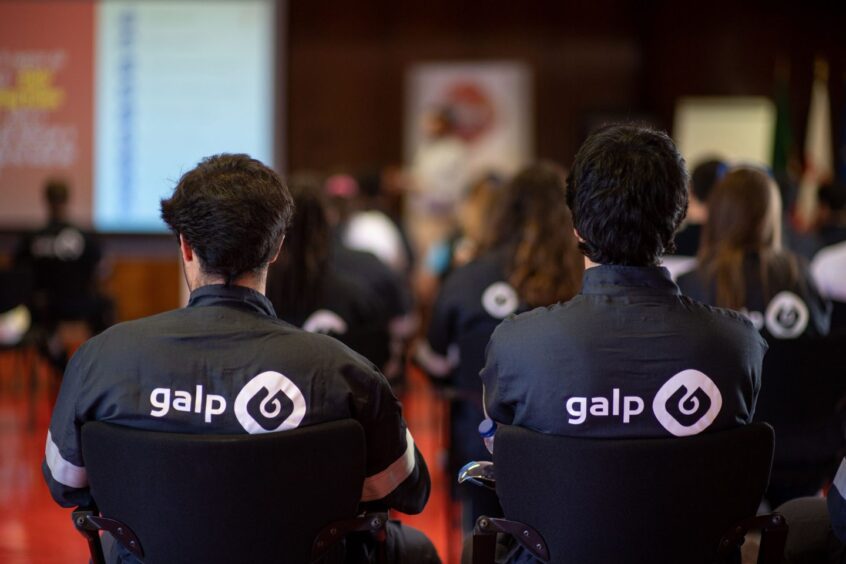
Galp is drilling the Mopane 2 well, but Bank of America has raised concerns over the implied valuation, amid fears of a Namibia bubble.
The Portuguese company reported in early January that it had made an oil find. In February, Galp said it had begun drilling a second well.
During that time, Bank of America analysts noted today, the Namibia find has added around $750 million to Galp’s market capitalisation. This, they said, is without confirmation of size or commerciality.
Wood Mackenzie has given a provisional discovery size of 400 million barrels for Mopane.
According to Bank of America calculations, though, the market has responded as if the company had made a 3 billion barrel discovery.
It based this on read across from Impact Oil and Gas’ deal with TotalEnergies on Venus. This was valued at around $0.5 per barrel. There is a “high level of confidence” in Venus, the note said, while the same cannot be said for Mopane.
Pricing the discovery at $2 per barrel, implies a discovery of 750 million barrels.
The fanfare may be justified, Bank of America said, but there are “reasons to be cautious”.
Financial squeeze
The market has too much optimism on Galp’s future, they said. The company lacks financial flexibility and would likely need to sell assets before moving ahead with growth, in either Namibia or an LNG plant in Mozambique.
The company has a high breakeven oil price this year, based on existing projects and shareholder returns. Bank of America expects the company’s net debt to increase over the next three years, even before spending in Namibia or Mozambique.
Galp has publically said it plans to reduce its 80% stake in the Namibian licence. The analyst note said this requirement was “detrimental to its potential future negotiating positions”.
Some clarity over the Mopane discovery is expected by the end of March. This will see the Mopane-2X well completed a drill stem test on the first discovery well.
Shell and TotalEnergies operate the first two major finds in Namibia’s Orange Basin. They have not published volumetric information on their discoveries.

